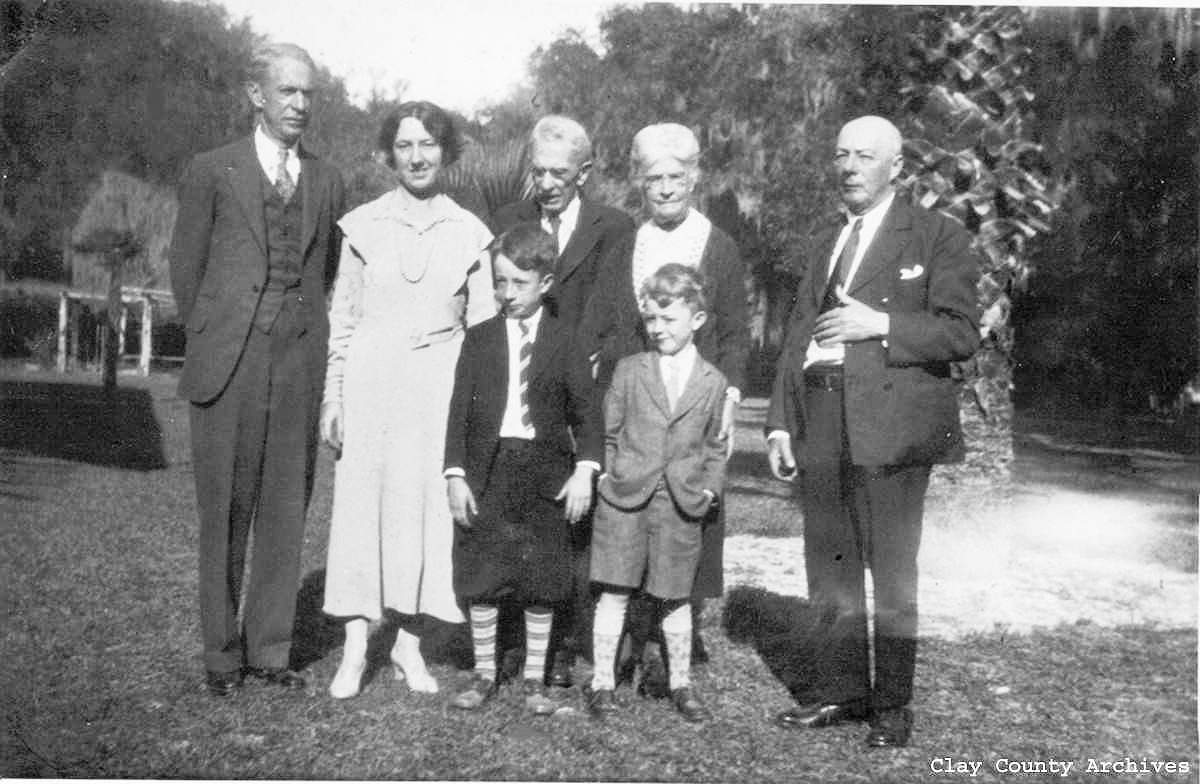Unique history of one Clay County woman
Early in 1924, Kathleen Hyatt climbed from behind the wheel of her father’s Studebaker at the rectory of the St. Mary’s Episcopal Church where he would assume his duties as the new rector of St. …
This item is available in full to subscribers.
Attention subscribers
To continue reading, you will need to either log in to your subscriber account, or purchase a new subscription.
If you are a current print subscriber, you can set up a free website account and connect your subscription to it by clicking here.
If you are a digital subscriber with an active, online-only subscription then you already have an account here. Just reset your password if you've not yet logged in to your account on this new site.
Otherwise, click here to view your options for subscribing.
Please log in to continueDon't have an ID?Print subscribersIf you're a print subscriber, but do not yet have an online account, click here to create one. Non-subscribersClick here to see your options for subscribing. Single day passYou also have the option of purchasing 24 hours of access, for $1.00. Click here to purchase a single day pass. |
Unique history of one Clay County woman
Early in 1924, Kathleen Hyatt climbed from behind the wheel of her father’s Studebaker at the rectory of the St. Mary’s Episcopal Church where he would assume his duties as the new rector of St. Mary’s and St. Margaret’s in Hibernia.
Kathleen was 26 years old, and for the last eight of those years had lived an exciting vagabond existence bouncing back and forth across the Atlantic as an insider to the military and political turmoil of WW I. In fact, her life was unsettled from the beginning.
Almost at once after her birth in 1898 in Gloucester, England, Kathleen’s father departed to work in the U.S. When her mother died in 1903, 5-year-old Kathleen was bundled up and dispatched to grow up with her maternal aunt in France and later in Belgium. She was educated in the best private girls’ schools and was a comfortable part of the European social, cultural and political scene. By 18, she was classically educated, sophisticated and intensely charismatic – an independent woman of her times.
She was the beneficiary of a family trust to be distributed when she reached 21 and anxious to join her father in America. Kathleen convinced the trustees to relinquish control to her early. Immediately, she embarked by ship and father and daughter were reunited.
Commencement of WW I loomed on the horizon and Kathleen wanted to serve. She joined the Army Signal Corps and was trained as a telephone switchboard operator because she spoke French fluently. She boarded a military transport and reported to her assignment in LeHarve, north of Paris, and the command headquarters of Gen. “Black Jack” Pershing.
For 18 months, Kathleen personally witnessed the military and diplomatic details of the war. Communications from all the major players were routed through her switchboard. She placed Pershing’s call to General Dawes and naturally listened as they brainstormed the signing of the Armistice to end the war.
She was barely back in Washington State when her father was approached by Episcopal Bishop Weed of Florida and he was convinced to take the assignment which brought them to Florida. He accepted so they packed up the car and headed south.
They settled in the new rectory in Green Cove Springs and Kathleen immediately started visiting and entertaining parishioners as her father’s hostess. One fateful visit changed her life. At the home of Louis H. McKee, church benefactor and visionary builder and owner of the town’s world famous Qui Si Sana Resort Hotel, Kathleen was introduced to his son also named Louis. They were both smitten and after a whirlwind courtship were married in September.
The couple bought the Mahony property adjacent to Hibernia Plantation and became island neighbors of the Fleming family. Their two sons Douglas and Louis grew up exploring the creeks, wildlife and woods. Kathleen’s life was full with church and golfing with friends on the Fleming course on the island or the family links just south of the hotel in Green Cove Springs. Kathleen’s fondness for the church Margaret Fleming built inspired her to find time in her busy life to write its history.
Whether it was finding true love with Louis McKee, being enchanted by the beauty of Fleming Island or just getting sand in her shoes, the wanderer put down roots and spent the rest of her life in Clay County.








